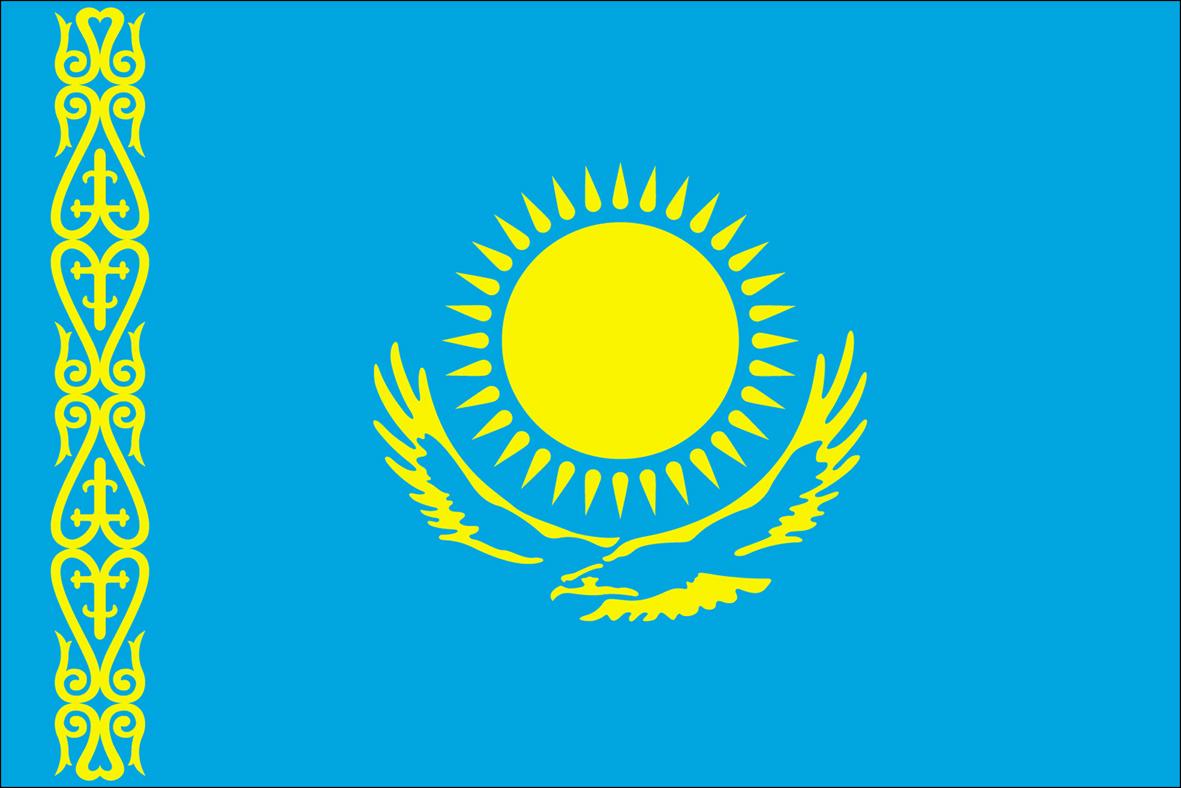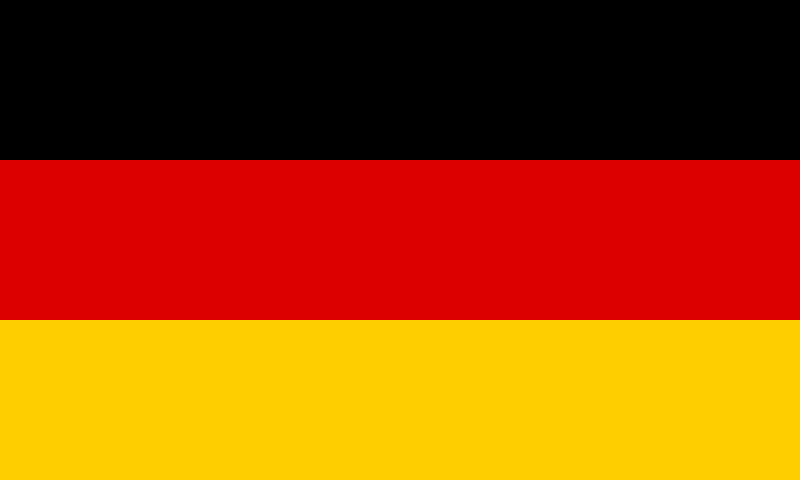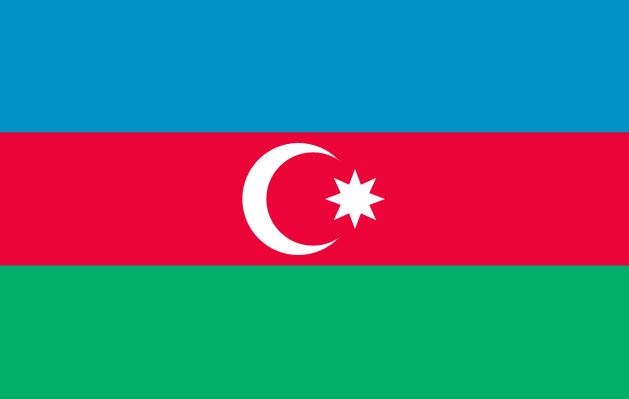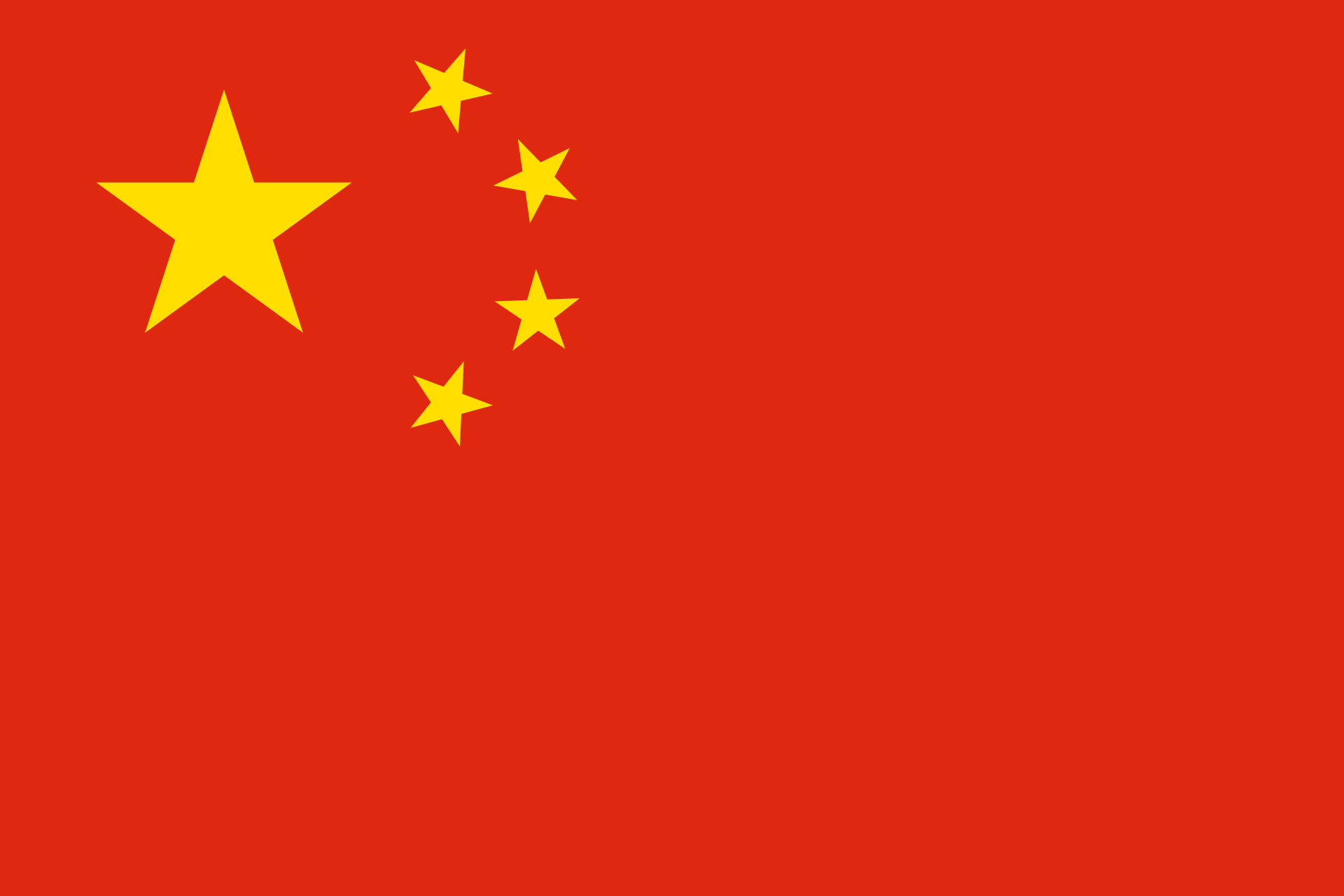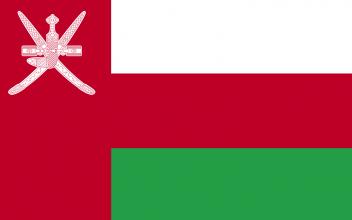The Periplus of the Erythraean Sea and the Persian Gulf
References to trade between the West (Alexandria) and India via the Persian Gulf are curiously absent from literature of the time, e.g. in the Perplus Maris Eryharraei. This makes it difficult for historians to assert with confidence where the prime silk routes ran at this time, who the main traders were, and what their relations with India were. While the Gulf area was well populated and active in maritime trade, trade was often closed due to troubled relations with Rome. However, when Emperor Augustus restored peace and security to the Eastern Mediterranean, the Red Sea naturally became the “royal route” for the transportation of goods, re-directing them away from routes via the Persian Gulf. Other reasons for shifting trading routes could be the fact that several Gulf ports were tightly controlled and closed to “non- authorised” traders to control the flow of goods and to levy various taxes in exchange for free passage.
